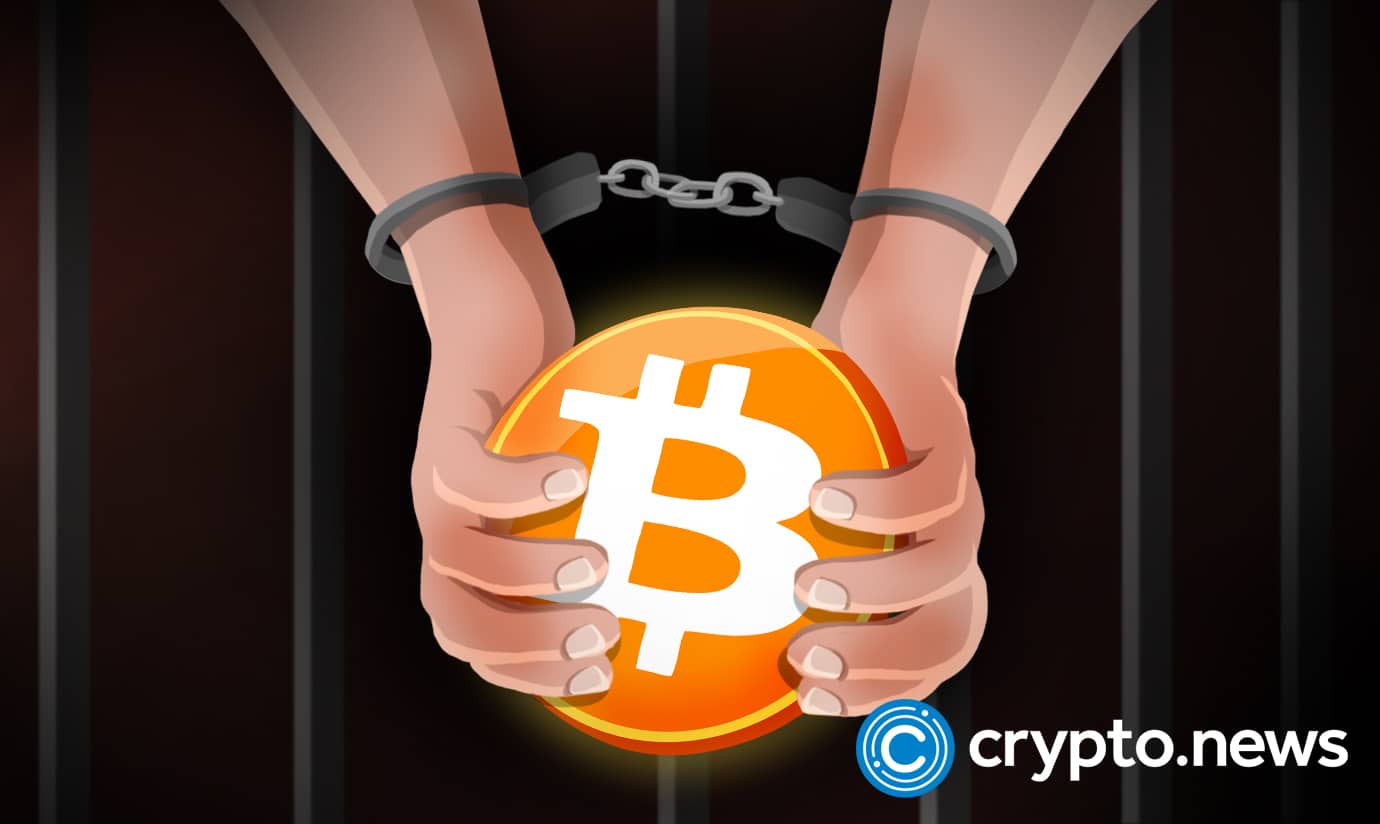US DoJ takes down Hive ransomware website

The United States Department of Justice (DOJ) on Jan. 26 finally caught up with the notorious Hive cryptocurrency ransomware gang and recovered over 1300 decryption keys they stole from victims since July 2022.
Hive falls to the DoJ
The Department of Justice, in collaboration with other law enforcement agencies, has been on the trail of the infamous ransomware gang; they had, since July 2022, infiltrated the organization with undercover agents providing pieces of information and assistance for the recovery of victims’ assets with Hive.
On Jan. 25, the combined international law enforcement effort of the U.S. authorities, the German Reutlingen Police Headquarters, the Netherlands National High Tech Crime Unit, the German Federal Criminal Police, and Europol finally led to the seizure of the ghost servers used by the gang to fleece its victims.
The Ransomware gang was allegedly behind a ransomware attempt on a Louisiana hospital that was foiled by law authorities, saving the victim $3 million in ransom payments.
Hive was responsible for several high-profile ransomware incidents, including the cyberattack on Costa Rica’s public health care and social security fund from April to May 2022.
The group is usually known for locking down critical digital infrastructure and requesting ransom payments in bitcoin, to restore their services.
Law enforcement alerts potential victims
Many plaudits have been pouring in for the United States Federal Bureau of Investigation and its allies because its success in clamping down on the infamous offers soothing relief for everyone.
However, FBI Director Christopher Wray said the agency would like victims of these ransomware attacks always promptly to report to the authorities for swift action.
Recall that on Jan. 19, a chain analysis report showed that 2022 was an impactful year for fighting cybercrime because revenues from ransomware attacks reduced from 765.6 million in 2021 to $456.8 million in 2022.
While the report only covered addresses suspected to be from ransomware groups, experts on the chain analysis group attributed the 40% drop in ransom payment to the victim’s refusal to pay when threatened.















